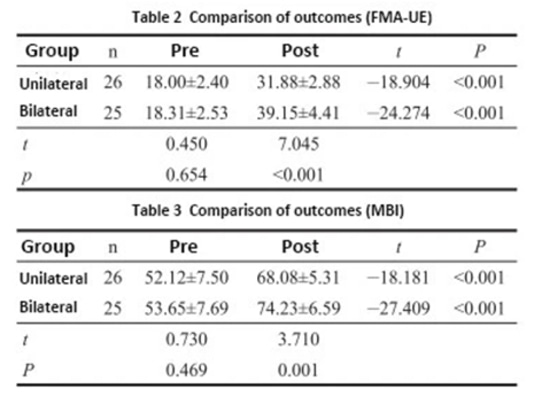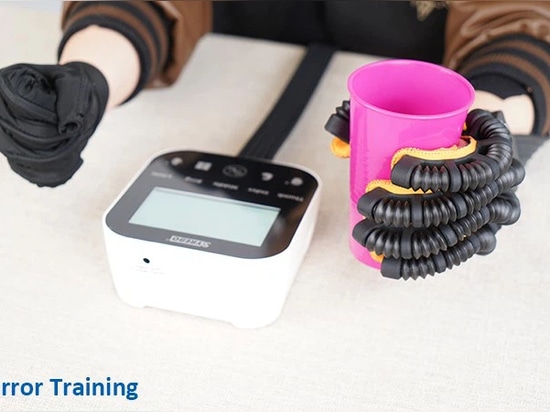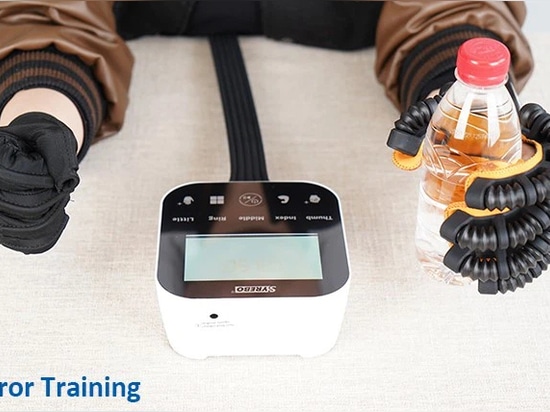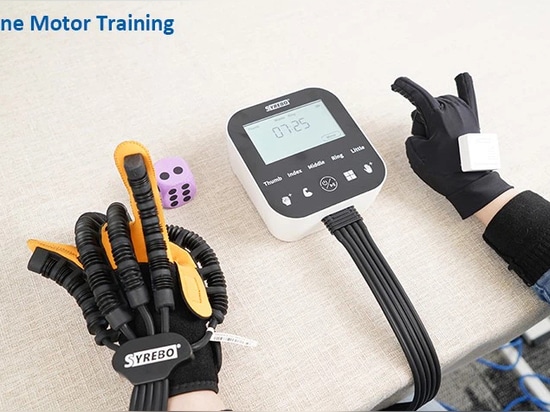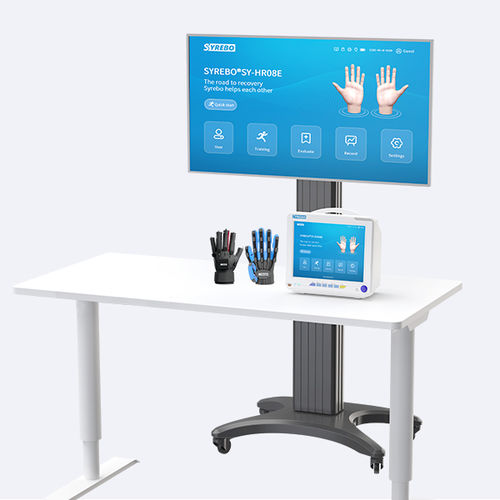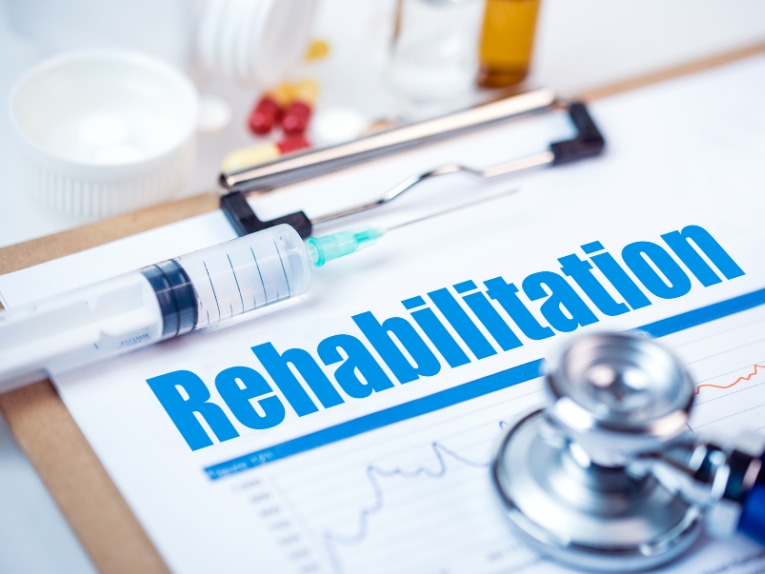
#Industry News
Clinical Research | Bilateral Movement Training and Recovery of Upper Limb After Stroke
Many studies have shown that bilateral movement training has significant advantages, compared with unilateral movement training.
Research background
Upper limb dysfunction is a common disability after a stroke. About 30%-66% of stroke patients are still unable to use their upper limbs after 6 months of stroke, which seriously affects activities of daily living(ADL). Bilateral movement training is a new treatment emerging in recent years. Many studies have shown that bilateral movement training has significant advantages in improving neurological defects and promoting brain function recombination, compared with unilateral movement training. This study investigated the effect and mechanism of bilateral movement training on upper limb dysfunction in patients with hemiplegia.
Subjects and methods
52 patients with hemiplegia were randomly divided into a treatment group (n=26) and a control group (n=26). The treatment group was treated with bilateral exercise therapy, and the control group was trained with the traditional neurodevelopmental method on the affected upper limb. The treatment lasted for 6 weeks. Fugl-Meyer-rated upper limb (FMA-UE) and Modified Barthel Index (MBI) were used to evaluate before and after treatment.
Results
One patient in the treatment group failed to complete all tests. Most patients in the treatment group felt sore and fatigued in the first few days of training, which gradually disappeared after continuous training without affecting the training. There were no significant differences in FMA-UE and MBI scores between the two groups before treatment (P > 0.05). After treatment, FMA-UE and MBI scores in both groups were significantly higher than before treatment(P<0.001); the score of the treatment group was significantly higher than that of the control group (P < 0.01) (Table2&3).
Conclusions
Bilateral movement training can significantly improve the upper limb motor function and daily living ability of hemiplegia patients during rehabilitation.
To help patients relearn and recover hand motor functions, Syrebo innovative hand rehabilitation glove allows stroke patients to do bilateral movement training. With the help of Syrebo hand rehabilitation glove, the healthy hand with the data glove can drive the affected hand with the power glove to move synchronously. Therefore, patients can pick up the cup or bottle with the affected hand, which can promote the autonomic recovery of the brain and speed up the rehabilitation process of hand function. In addition, SYREBO high-end models (C12 and hand rehabilitation system for clinical) have fine motor training that power glove can drive each affected finger to perform the flexion and extension, making training more effective and thorough.
